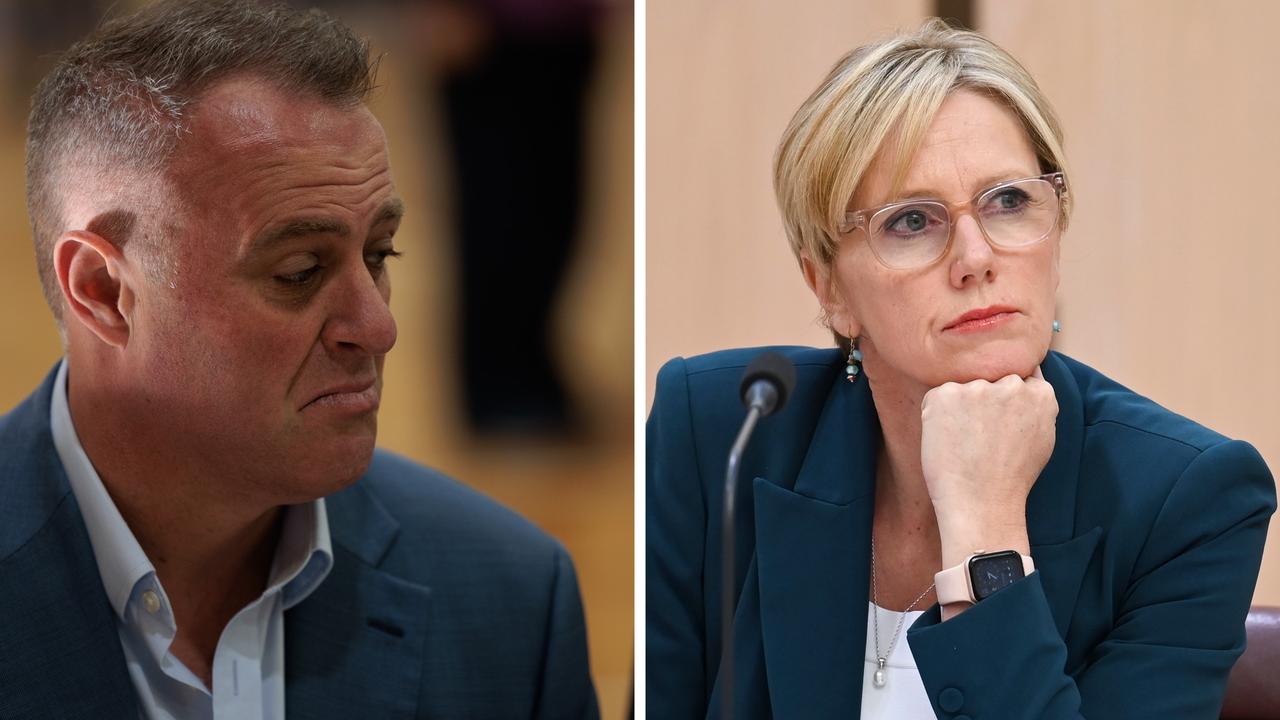When is the next Australian federal election in 2025?
With the end of the three-year federal government term rapidly approaching, here’s everything you need to know about casting your vote.
With Prime Minister Anthony Albanese calling the election for May 3, here’s everything you need to know about casting your vote.
Read on to see how you can vote, when you have to register by, and what factors have impacted the timing of the 2025 poll.
We answer all your questions >>>
When is the next Australian federal election?
Anthony Albanese on Friday, March 28 called the election for May 3 - in a move which steals major thunder from Opposition leader Peter Dutton’s budget reply.
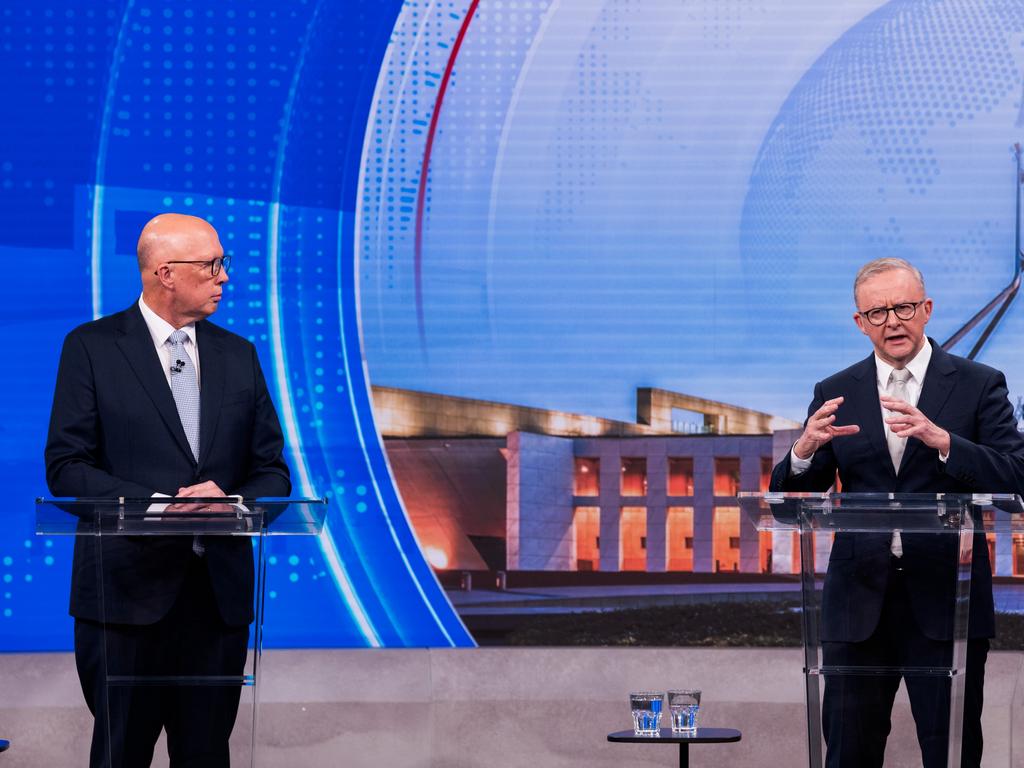
â– Full list of election polling booths here
I won’t be able to vote on May 3. How do I enrol for a postal vote?
Voters can now apply for a postal vote on the AEC’s website if they won’t be able to make it to the polls on May 3.
This means you won’t have to go to a polling station to place your vote, but instead will have your ballot mailed to you.
Voters must return their ballots no later than 13 days from the election on May 3 in order to have their vote counted.
An estimated 2.5m Aussies are expected to apply for a postal vote.
How can I vote early?
570 early voting centres will open two weeks before the May 3 election.
The locations of these voting centres are yet to be announced.
Not all centres will be open for the entire two-week early voting period, according to the AEC website.
“Locations will be made available closer to the early voting period and will be able to be viewed via the where to vote tool,” the AEC website states.
When do I need to enrol by?
The federal electoral roll closed at 8pm local time on Monday, April 7. It is too late to enrol or update your details for the 2025 federal election.
You can check your enrolment details here.
â– Full list of election polling booths here
â– Full List of Labor, Liberal and Green party promises and policies
When does postal voting close? When does early voting close?
Enrolment for the federal election has now closed.
Applications for postal votes are now open on the AEC’s website.
Early voting centres will open from April 22 until May 2, but will be closed on Anzac Day, April 25.
Postal voting applications close on April 30 at 6pm. Read more about how to cast a postal vote here.
The federal election will be held on May 3, 2025.
What is absentee voting?
Voting in person outside your electorate is known as absent voting.
Absent vote ballot papers are placed in a different ballot box by the elector so that after the
close of polls on election day, these ballot papers can be returned to the ‘home’ Returning Officer.
How to vote in the 2025 federal election
Pre-poll voting – meaning you can vote in person at certain booths – opens two weeks before election day.
Those outside of their electorate on polling day can apply online or at an Australian Electoral Commission for a postal vote, with the completed vote having to be received by the Australian Electoral Commission no later than 13 days after the election.
The AEC will mail out the postal voting pack after the candidates for the election have been finalised.
On polling day, you can vote at any polling place in your state or territory.
Anyone who has moved since the last election must update their details on the electoral roll before it closes – one week after the election is called.
Those who fail to vote can expect a $20 fine.
*Full list of NSW candidates and seats to watch in the federal election
Watch the video below on how to vote
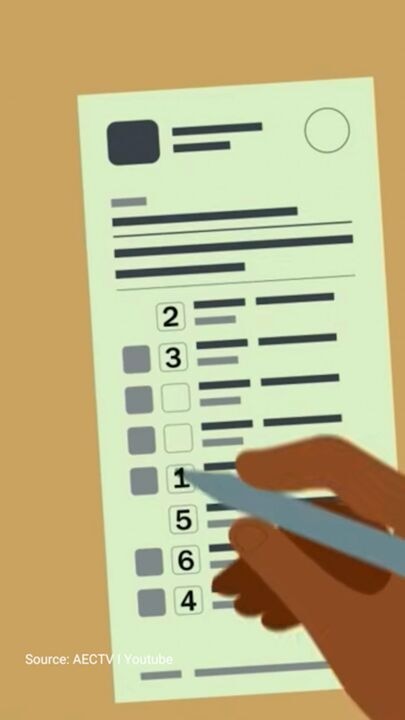
What do the polls say?
Anthony Albanese has crept into majority government territory based on the polling from April 7.
The Newspoll, conducted for The Australian, shows Labor has picked up one point for a 52-48 per cent lead on a two-party preferred basis.
Labor won a single-seat, majority government at the last election with 52 per cent of the vote once preferences had been dished out.
Meanwhile betting agency Sportsbet on April 12 had Labor paying $1.29 to win the election, and LNP at $3.66.
â– Full list of election polling booths here
â– Full List of Labor, Liberal and Green party promises and policies
Election key dates
Applications for postal votes are now open on the AEC’s website. While the legislated deadline for postal vote applications is next Wednesday April 30, anyone who leaves it until the final week risks their postal vote pack not arriving in time.
Early voting begins April 22, 2025.
Postal voting closes 6pm local time, April 30, 2025.
Election day is May 3, 2025.
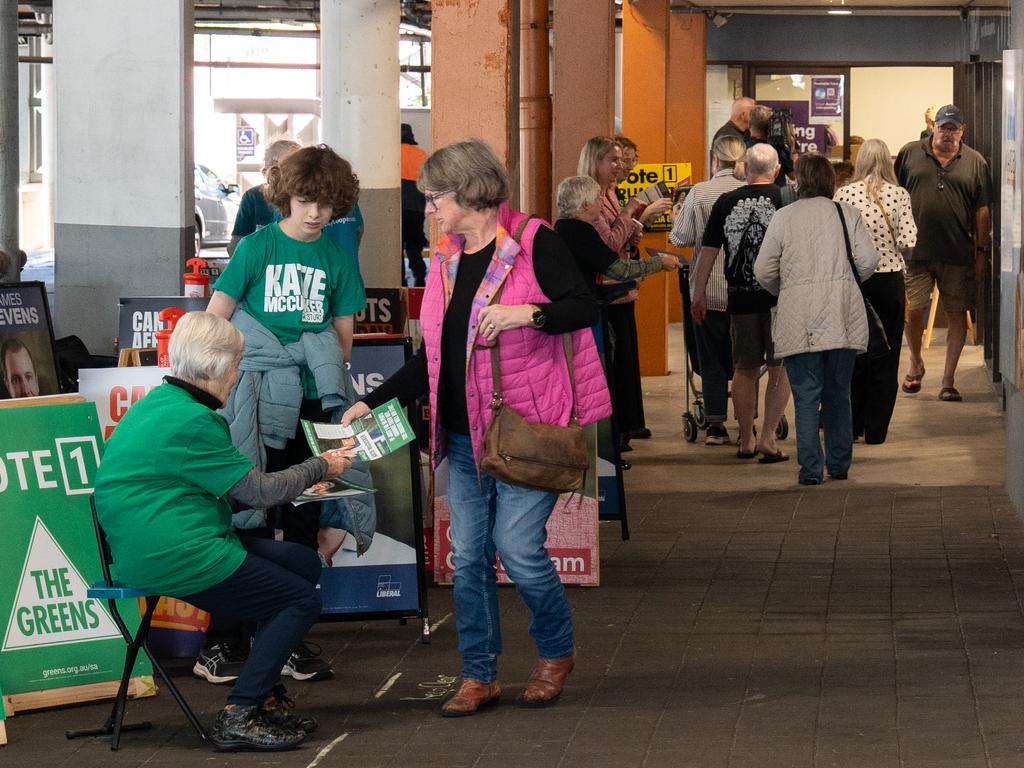
Is voting compulsory in Australia?
Yes. It is compulsory for Australian citizens aged 18 and over to enrol and vote in federal, state and council elections.
If you don’t vote, the Australian Electoral Commision can issue you a fine. During the recent council elections, the fine for not voting was $99.
What factors influence the election date?
The precise date of the election is up to the discretion of the Prime Minister, but there are several rules and other external factors that can significantly influence how they choose.
The campaign must go for at least 33 days before the polling day.
Many people speculated this year Mr Albanese would go earlier than required to capitalise on the rate cut delivered by the Reserve Bank of Australia in February and also avoid having to hand down the budget in March.
But any plans for an early April election were scuppered by the unexpected arrival of Tropical Cyclone Alfred, which crossed the coast of Queensland on the last possible weekend Labor could call the election without running into a string of public holidays for Easter and Anzac Day.
The PM ultimately went for May 3, with pre-poll voting to start 12 days before the election.
â– Full list of election polling booths here
â– Full List of Labor, Liberal and Green party promises and policies
What is a silent elector?
Silent enrolment means your address will not be shown on future editions of the publicly available roll.
You can apply to be registered as a silent elector if you believe having your address included on the publicly available electoral roll could put you or your family’s safety at risk.
Enrolment form here.
How often does the federal election occur?
About every three years.
Unlike other countries which have fixed election dates, Australia has some wriggle room – with the Prime Minister able to call an election at any time before the terms of Senators and Upper House MPs expire.
What is a double-dissolution election and is it possible?
A double dissolution is when both houses of parliament (House of Representatives and Senate) are shut down, or ‘dissolved’, so a federal election can take place.
In a regular election, all of the House of Representatives stand for re-election but only half of the Senate stand for re-election.
In a double dissolution election, all positions in both houses become vacant and everyone stands for re-election.
There have been seven double dissolutions in Australia: in 1914, 1951, 1974, 1975, 1983, 1987 and 2016.
In March it was revealed the election could be a scramble towards a minority government.
Source: Museum of Australian Democracy at Old Parliament House
How does the Prime Minister decide when the election gets called?
Mr Albanese’s decision to pull the trigger for an election has been informed by when he feels the timing will give his party the best chance of succeeding.
External factors such as the reaction to Labor’s budget, how polls show the party is going and whether the Coalition is getting any traction on its policy agenda will play a role in his considerations.

â– Full list of election polling booths here
â– Full List of Labor, Liberal and Green party promises and policies
Election campaign key dates
Once an election is called the steps are:
1. Dissolution of parliament
2. Issuance of writs: Within 10 days of dissolution
3. Close of electoral rolls (at 8pm): 7 days after date of writ
4. Nominations close (at 12 noon): Not less than 10 days nor more than 27 days after date of writ
5. Date of polling (a Saturday): Not less than 23 days nor more than 31 days from date of nomination (b)
6. Return of writs: Not more than 100 days after issue
7. Meeting of new Parliament: Not later than 30 days after the day appointed for the return of writs
Source: Parliament of Australia
What are the key seats?
Undecided voters in the outer suburbs of Melbourne, Sydney and coastal NSW hold the most power to send either Anthony Albanese or Peter Dutton to the Lodge this election.
With Western Australia firming as a Labor-friendly state and Queensland seemingly locked in as a stronghold for the Coalition, about 11 seats in the nation’s two biggest states are likely where the 2025 result will be decided.
In March James Campbell wrote about the fate of the Teals and why things are very different than three years ago.
Top election issues for Australian voters
Soaring grocery prices, electricity bills and insurance costs, national security, a housing crisis, and health service pressures will be the defining issues of the 2025 election.
Anthony Albanese is sending Australians to the polls hoping they will vote based on who they think will provide a better future, while Coalition leader Peter Dutton wants people to consider if they’re better off after three years of Labor government.
Voter registration and essential information
Eligibility basics
â– you are an Australian citizen
â– aged 18 years and over, and
â– have lived at your address for at least one month.
Overseas or going overseas
If you are going overseas for a short period of time you will need to enrol first. If you are already enrolled and travelling or intend to travel overseas, see information about Australians overseas.
Source: Australian Electoral Commission
How voting works in the House of Representatives
The order of the candidates on the ballot paper for each electoral division is determined by a random draw conducted in the office of the Divisional Returning Officer immediately after the declaration of nominations.
How to complete your ballot paper
To vote for a Member of the House of Representatives, you are required to write the number ‘1’ in the box next to the candidate who is your first choice, and the numbers ‘2’, ‘3’ and so on against all the other candidates until all the boxes have been numbered, in order of your preference.
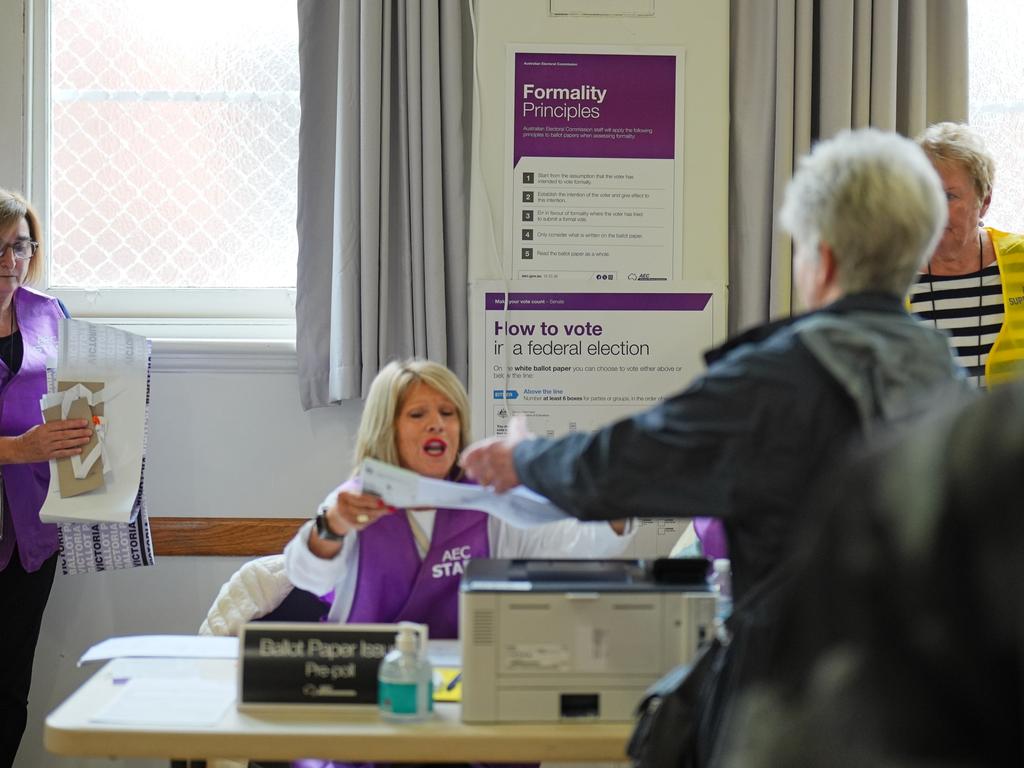
Ballot papers must be marked according to the rules for voting so that they do not create informal votes. Ballot papers cannot be counted if they are informal.
Polling officials at the polling place are available to assist voters in completing their ballot paper. If you make a mistake on a ballot paper you may return it to the polling official who issued it and receive a fresh one.
Source: Australian Electoral Commission
How voting works in the Senate
Each state has twelve Senate positions with six year terms and each territory has two Senate positions with three year terms.
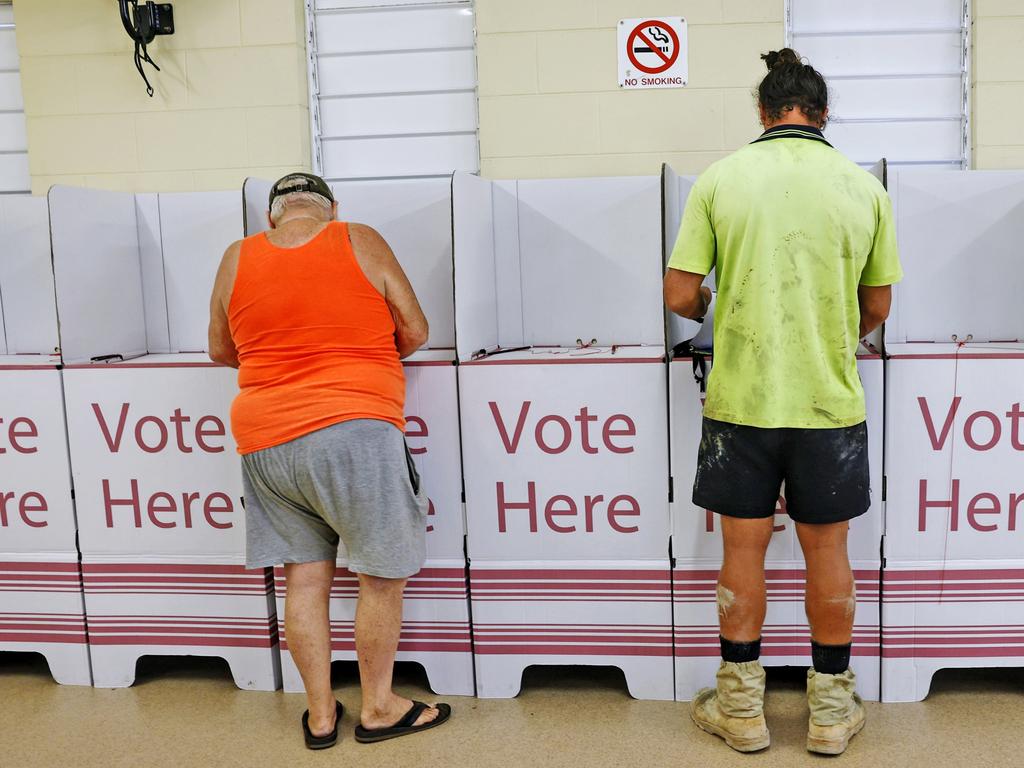
How to complete your ballot paper
On the white Senate ballot paper, you need to either:
number at least six boxes above the line for the parties or groups of your choice, or
number at least 12 boxes below the line for individual candidates of your choice.
Polling officials at the polling place are available to assist voters in completing their ballot paper. If you make a mistake on a ballot paper you may return it to the polling official who issued it and receive a fresh one.
Source: Australian Electoral Commission
Originally published as When is the next Australian federal election in 2025?
Read related topics:Anthony Albanese




